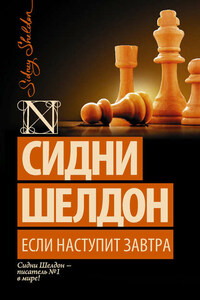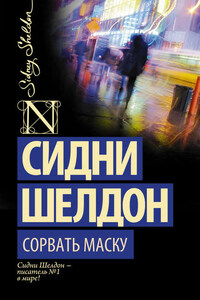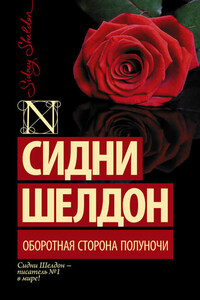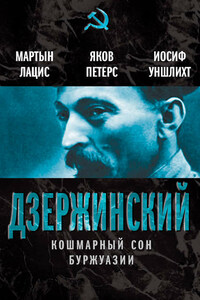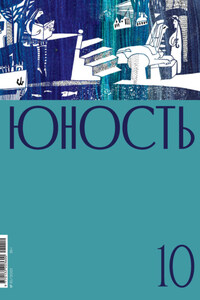Pamplona, Spain 1976
If the plan goes wrong, we will all die. He went over it again in his mind for the last time, probing, testing, searching for flaws. He could find none. The plan was daring, and it called for careful, split-second timing. If it worked, it would be a spectacular feat, worthy of the great El Cid. If it failed …
Well, the time for worrying is past, Jaime Miró thought philosophically. It’s time for action.
Jaime Miró was a legend, a hero to the Basque people and anathema to the Spanish government. He was six feet tall, with a strong, intelligent face, a muscular body, and brooding dark eyes. Witnesses tended to describe him as taller than he was, darker than he was, fiercer than he was. He was a complex man, a realist who understood the enormous odds against him, a romantic ready to die for what he believed.
Pamplona was a town gone mad. It was the final morning of the running of the bulls, the Fiesta de San Fermin, the annual celebration held from 7 July to the 14th. Thirty thousand visitors had swarmed into the city from all over the world. Some had come merely to watch the dangerous bull-running spectacle, others to prove their manhood by taking part in it, running in front of the charging beasts. All the hotel rooms had long since been taken, and university students from Navarra had bedded down in doorways, bank entrances, cars, the public square, and even the streets and pavements of the town.
The tourists packed the cafés and hotels, watching the noisy, colourful parades of papier mâché gigantes, and listening to the music of the marching bands. Members of the parade wore violet cloaks, some with hoods of green, others garnet, and still others wearing golden hoods. Flowing through the streets, the processions looked like rivers of rainbows. Exploding firecrackers running along poles and wires of the tramways added to the noise and general confusion.
The crowd had come to attend the evening bullfights, but the most spectacular event was the Encierro – the early morning running of the bulls that would fight later in the day.
Ten minutes before midnight in the darkened streets of the lower part of town, the bulls had been driven from the corrales de gas, the reception pens, to run across the river on a bridge to the corral at the bottom of Calle Santo Domingo, where they would be kept for the night. In the morning they would be turned loose to run along the narrow Calle Santo Domingo, penned in the street by wooden barricades at each corner until at the end they would run into the corrals at the Plaza de Hemingway, where they would be held until the afternoon bullfight.
From midnight until 6.00 a.m., the visitors stayed awake, drinking and singing and making love, too excited to sleep. Those who would participate in the running of the bulls wore the red scarves of San Fermin around their throats.
At a quarter to six in the morning, bands started circulating through the streets, playing the stirring music of Navarre. At seven o’clock sharp, a rocket flew into the air to signal that the gates of the corral had been opened. The crowd was filled with feverish anticipation. Moments later a second rocket went up to warn the town that the bulls were running.
What followed was an unforgettable spectacle. First came the sound. It started as a faint, distant ripple on the wind, almost imperceptible, and then it grew louder and louder until it became an explosion of pounding hoofs, and suddenly bursting into view appeared six oxen and six enormous bulls. Each weighing 1,500 pounds, they charged down the Calle Santo Domingo like deadly express trains. Inside the wooden barricades that had been placed at each intersecting street corner to keep the bulls confined to the one street, were hundreds of eager, nervous young men who intended to prove their bravery by facing the maddened animals.
The bulls raced down from the far end of the street, past the Calle Estafeta and the Calle de Javier, past



